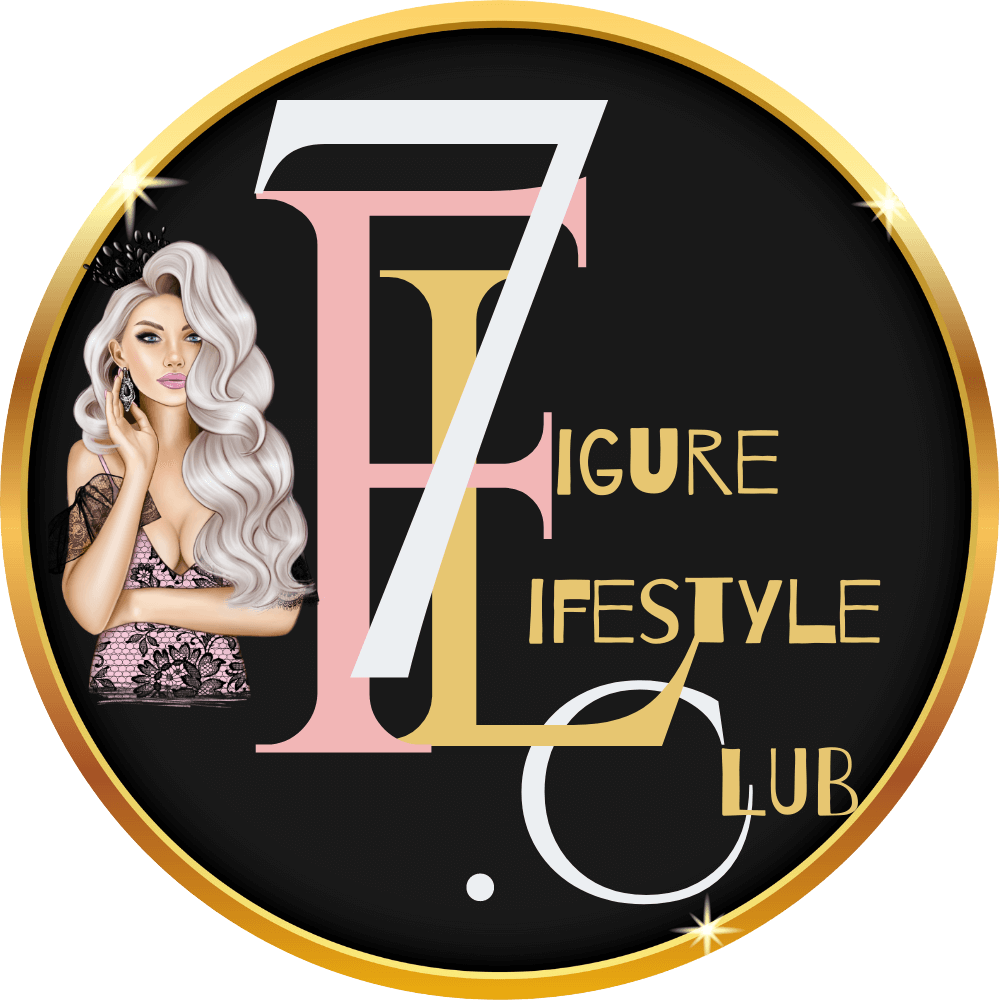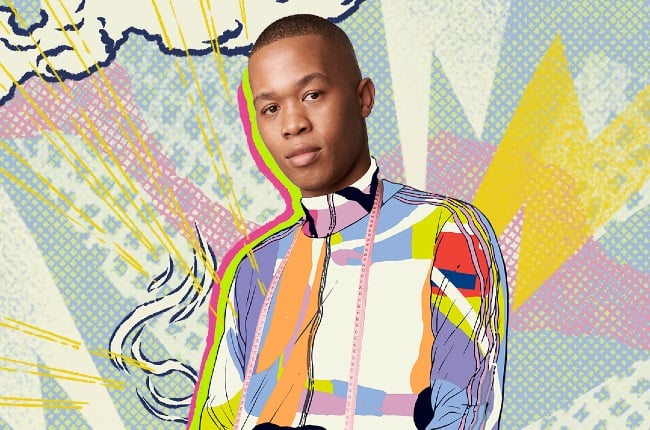Meet the biggest names in the fashion business on new Journalism Master’s Degree
[ad_1]
Studying for a Master’s Degree can be a very lonely pursuit.
Your unique niche of knowledge sets you apart from everyone else and it can be very isolating.
Condé Nast College of Fashion & Design aims to break that particular mould with its new Fashion Journalism MA where, as well as learning about the craft of journalism, collaboration and community are to the fore.
“As a boutique college we’re trying to create a particular type of learning space unlike those of other universities,” says Johannes Reponen, Programme Director of MA Fashion Journalism, MA Fashion Styling, MA Creative Direction for Fashion Media and MA Fashion Media Strategy at the College and a familiar name to readers of many fashion and design media outlets.
“Classes are small and we put lots of effort into developing a postgraduate community; we make sure all our MA students get to know each other.
To this end, the first module, Critical Research: Understanding Audiences is taken across all seven Masters courses for the first two terms which really brings them together. They start having conversations across different courses, but also start to understand what each is doing from their different perspectives.
Fashion Journalism sits within the college’s Fashion Media cluster alongside MA Fashion Styling, MA Creative Direction for Fashion Media as well as MA Fashion Media Strategy. There are opportunities to collaborate across disciplines which apart from being more enjoyable is also more true to life within the industry. Our journalism students are starting conversations with stylists and creative directors in a way they would in the real world.
We even encourage them to collaborate on project work which helps them to start to develop those professional networks which will be so important throughout their careers. Working with others allows individuals to reflect on their strengths and where they need to bring in other talent to support them.
One of the other things which is different about this Masters is that while there’s obviously a lot of work around the crafts of writing and journalism, we’re also broadening the content into broadcasting, podcasts… thinking about technology and how the role of journalism is continually evolving. We’re also looking at the role of editor – which can mean many things in the fashion world because some editors deal with visual content while others fit more into the role traditionally associated with words. We need to consider what it means to edit, commission, curate or manage among other things; we try to look at the whole spectrum of fashion journalism. Of course, all journalism in some way comes down to telling stories, whatever the process or medium.
One thing anyone aspiring to fulfil a journalistic role always has to come to terms with is deadlines and we issue frequent time-limited assignments. Students start to think about tone and voice, how you change your writing style based on an audience or publication. They need to know how to do interviews, how to research efficiently, how to review – but the course is not overly prescriptive; we want to give them frameworks to think about writing and journalism, but also a lot of freedom. It isn’t always about fashion with a capital F. We’ve had students focused on beauty and wellness, lifestyle and sports, all of which would in some publications come under the remit of what they might be asked to do. We want them to see that fashion isn’t just what happens on catwalks. It’s important to think about wider issues like sustainability; we have a responsibility to get students
considering ethical and moral issues particularly in relation to fashion.
One of many benefits of being part of such a huge global brand as Condé Nast is the ability to meet top professionals and we have remarkable guest speakers including some really big names. It’s a great opportunity to start those professional networks because you never know in life when meeting the right person at the right time, be it an established expert or a fellow student, can change everything.
At the end of the course, students have to produce their Master’s project. They put vast amounts of time and effort into these and again, we try to give complete flexibility. It might be an entrepreneurial project or a speculative one or a life project. We had one student who created a magazine from scratch and ended up being writer, designer, creative director – everything. Not only was it a fantastic learning process but she went on to launch the magazine commercially. I can’t imagine a better outcome for a postgraduate course than that.”
For more information on the MA in Fashion Journalism please visit Condé Nast College of Fashion & Design’s website.
[ad_2]
Source link


 We use cookies to optimize our website and our service.
We use cookies to optimize our website and our service. 

Responses